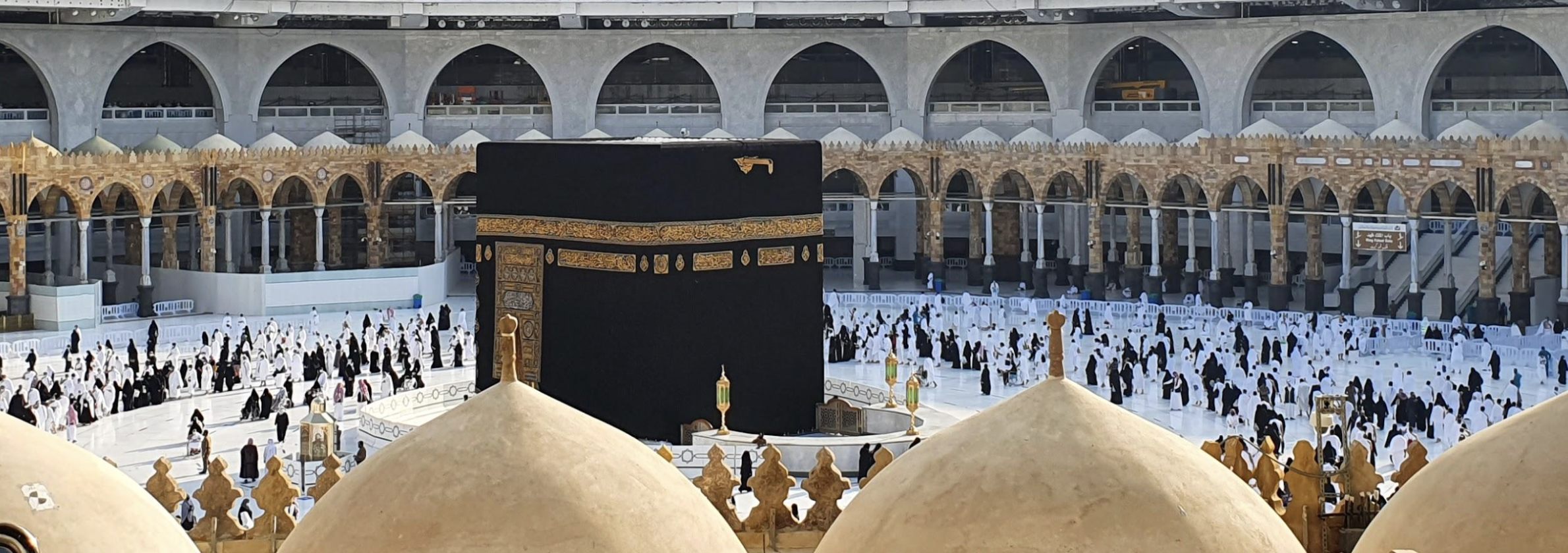Saudi Arabia
Makkah, Saudi Arabia
Full Name: Kingdom of Saudi Arabia
Date of Independence: September 23, 1932
Capital: Riyadh
Population: 35,939,806 (2023)
Foreign-Born Population: 11,512,980 (2019)
Government Structure: Monarchy
Leader(s): King Salman bin Abdulaziz al-Saud
Primary Flow of Immigration: 6.07 migrant(s)/1,000 population (2023 est.)
Major Destinations of Emigrants:
The United States is the top destination for Saudi emigration. Other destinations for emigrants include: Libya, United Kingdom, Palestine, and Canada.
In 2019, Saudi Arabia recorded 303,904 emigrants abroad.
Recent Immigration Policy:
Saudi Nationalisation Scheme (Nitaqat)
Following the 1970s oil crisis, the Saudi government invested oil revenues in infrastructure and created demand for labor, including healthcare workers. In 2001, the Saudi Ministry of Health reported that foreign laborers comprised approximately 80% of nurses.
The government’s Saudization plan is an ongoing initiative to increase employment rates among Saudi nationals. It reduced foreign labor in the healthcare industry to approximately 37% of nurses and 50% of physicians and dentists in 2021.
Kafala (Sponsorship) Reform
The Kafala System monitors the relationship between a migrant worker and their local sponsor, or kafeel. In recent years, this system has received criticism for its dehumanization of workers: extreme working hours, passport confiscation, restrictions to movement, and physical and verbal violence.
To protect foreign-born workers from exploitation, the Ministry of Human Resources and Social Development introduced two conditions where domestic workers may change employers without permission: termination of labor contract or proof of transfer of one’s services to another employer. However, domestic workers are excluded from labor protection laws in Saudi Arabia.
Since 2017, the Saudi government has conducted the arrest and detainment of approximately 15,000 Ethiopian and Yemeni migrants for violations of residency and border security. Authorities held migrants in overcrowded detention centers before deportation.
Further Reading:

